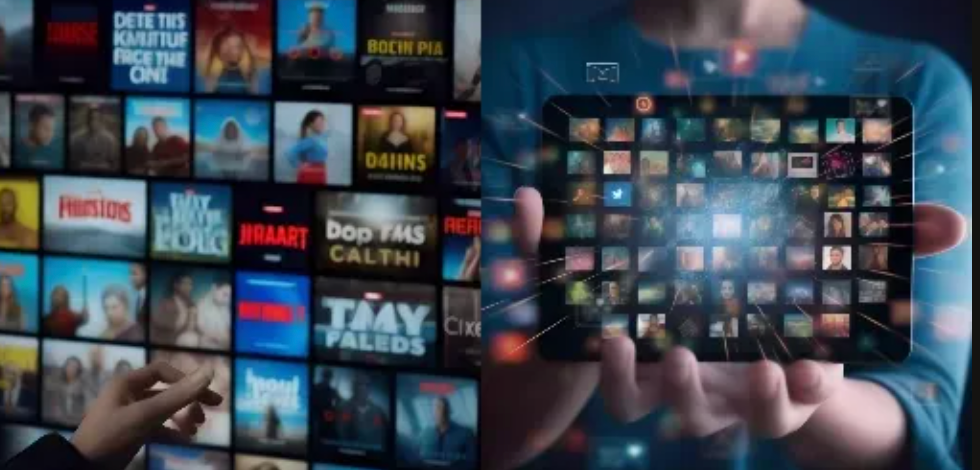
The Evolution of Streaming Services: Transforming the Entertainment Landscape
In the past decade, the way we consume entertainment has undergone a revolutionary transformation, largely driven by the rise of streaming services. Gone are the days when we were tied to rigid TV schedules or trips to the video rental store. Today, platforms like Netflix, Hulu, Disney+, and Amazon Prime Video have changed how and when we watch content, creating a culture of on-demand entertainment that’s reshaping the industry.
The Beginnings of Streaming
Streaming services began as a simple solution to a widespread issue: accessibility. Initially, many viewers were limited to watching shows on traditional TV, with content available only at designated times. Cable services offered flexibility with DVRs, but it wasn’t until the early 2000s that streaming platforms offered a true on-demand alternative. Netflix, which had started as a DVD rental service, pioneered this shift by launching a subscription-based streaming service in 2007, allowing users to watch content whenever they wanted.
Other companies followed suit. Hulu, initially focused on network TV content, expanded to include original shows and movies, while Amazon Prime Video offered subscribers exclusive movies and TV series. These platforms were soon creating original content, with Netflix’s House of Cards and Orange is the New Black setting a new standard for digital-first shows.
The Rise of Binge-Watching Culture
One of the most significant impacts of streaming services has been the creation of a “binge-watching” culture. Traditionally, TV shows were released episode by episode, often with a week between each installment. Streaming services, however, changed this model, allowing entire seasons to be released at once. Audiences quickly took to this format, and binge-watching became a phenomenon. Platforms like Netflix popularized the practice, which allowed fans to immerse themselves in a show and follow storylines without waiting months for resolutions.
Binge-watching has influenced how writers and directors develop content, with longer, more complex story arcs becoming popular, knowing viewers will likely consume episodes in quick succession. However, it also introduced discussions around the mental and social impacts of watching hours of content at a time. While binge-watching has its critics, for many, it remains an enjoyable escape.
Original Content and Competition
The rise of original content has set streaming services apart from traditional media. Major platforms are investing billions of dollars in producing their own shows and movies, resulting in award-winning and critically acclaimed series like The Crown, Stranger Things, and The Mandalorian. As each platform works to attract subscribers, we’re seeing an unprecedented level of investment in content creation, with streaming services becoming powerhouses of creativity.
With so many players in the market, competition has heated up. Netflix, once the undisputed leader in streaming, now contends with newcomers like Disney+ and HBO Max, both of which offer extensive libraries of classic and exclusive content. This competition has driven innovation and better content for viewers, but it also means that consumers are facing an overwhelming number of subscriptions, with each service offering exclusive shows and movies.
The Future of Streaming
Looking ahead, the future of streaming holds exciting potential but also challenges. The industry is grappling with rising subscription costs, prompting some viewers to reconsider their subscriptions, especially when multiple platforms are required to access all desired content. To address this, some companies are introducing ad-supported models, offering a lower-cost alternative. Moreover, advancements in technology, like virtual reality (VR) and interactive storytelling, could redefine the viewer experience even further.
The evolution of streaming services has given us unprecedented control over our entertainment choices, shaping a new era for how we watch and enjoy content. The industry’s rapid development has proven that audiences crave convenience, variety, and quality, and it will be exciting to see how this ever-growing industry adapts to meet these demands. Whether you’re a casual viewer or a die-hard fan, one thing is clear: streaming services have forever changed the way we experience entertainment.

